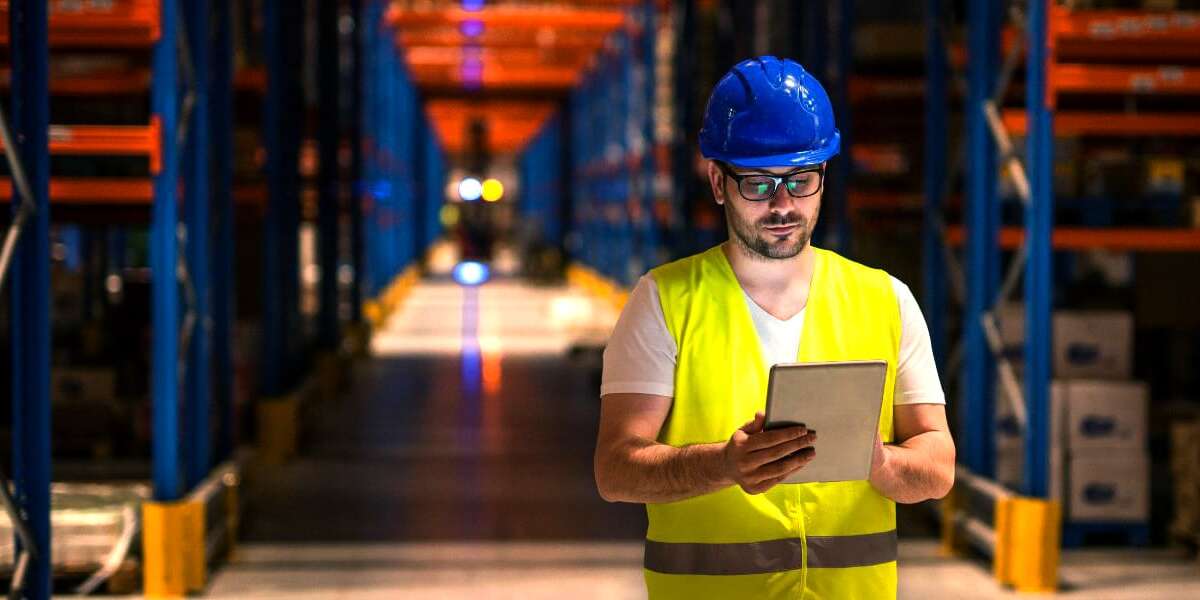Reverse Logistics can be a complex process to manage, especially due to the various parties involved in the communications. The Aftersales market can have a significant impact on customer loyalty and brand reputation, making the return of goods a key area of focus for retail businesses.
However, this area is actually often overlooked for process automation, which could be a missed opportunity considering that the manual processing of reverse logistics is inefficient, prone to human error and costly.
Here we explain why an effective EDI approach to reverse logistics could streamline this complex and challenging area, as well as save organisations significant resources.
What is reverse logistics?
At its core, reverse logistics is the process of returning goods and products from the end user back to the original retailer/manufacturer.
But this isn’t the whole picture.
Reverse logistics can be a complex and challenging process for organisations to manage, with most retail businesses maintaining an omnichannel presence (e.g. store, online, phone), whilst also managing communications with suppliers, manufacturers, and warranty providers etc. This process can look very different from one organisation to another, or even depending on the product being returned.
For the purpose of illustrating how reverse logistics works, here is an example:
1. An end user contacts the retailer customer services after their recently purchased dishwasher breaks down
2. The customer services team flags the faulty item to the warranty provider
3. The warranty provider either contracts an engineer to assess the fault, or recommends a repair or replacement
4. The warranty provider communicates the need for new parts/replacement dishwasher to the manufacturer and/or the original retailer
5. The retailer arranges with the manufacturer to provide the new parts for a repair, or a new dishwasher to replace the faulty goods
6. This is then processed and communicated to the end user
With so many stakeholders in reverse logistics, including the consumer, it is imperative that organisations can effectively manage the communications and returns process in order to meet customer expectations and maintain a good brand reputation. Although, equally, an efficiently managed reverse logistics process is not easily achieved when these independent teams and organisations require and exchange order information in varying formats, meaning the time consuming task of manual keying-in data.
How does reverse logistics look today?
During a period of significant shift in consumer buying habits due to the COVID-19 pandemic, the increase in online purchases has also had an impact on reverse logistics.
According to a recent article on BBC news, consumers are far more likely to return items bought online, with approximately 25% of online purchases of fashion goods returned in comparison to in-store purchases at just 10%. Compounding this with overall online sales rising by more than a third in 2020 and consumers becoming more confident with returning their purchases during the pandemic, makes reverse logistics an even bigger, challenging, and costly process for retailers and manufacturers.

But even before the COVID-19 pandemic, many retailers across various sectors have been further incentivising online purchases by offering free returns, therefore encouraging consumers to purchase more (varying colours or sizes of an item) in the knowledge that this also increases the rate of returns.
How is this usually processed?
The cost of reverse logistics processing can eat away at the profit accrued from the original sale if not managed effectively.
Reverse logistics can involve a number of different parties in communication with each other, including; the manufacturer, the consumer, the retail hub, warranty providers etc. On top of this, all of these individuals and departments could be transmitting data in different formats (e.g. emails, PDF’s, spreadsheets).
With the various documents being exchanged and communication channels being used, these factors lead to the reverse logistics being prone to error and complicating the process further; taking more time, negatively impacting customer relations, and costing the retailer more resources to fix.
However, by capitalising on an efficient reverse logistics strategy, retailers and manufacturers can actually recapture value, meet their consumer expectations, as well as responsibly manage returned products:
Reuse
Many products, or parts of a product, can actually be reused – recuperating costs
Repair
Repairing products that have warranties or guarantees – reducing waste
Refurbish
The consumer market for refurbished goods is growing – increasing the lifetime economic value of the product
Recycle & Dispose
Sustainability is still a key concern for both consumers and retailers/manufacturers. The safe and responsible disposal of certain products is also mandatory according to some governmental regulations
So whilst reverse logistics can potentially be a costly and time-consuming procedure, an efficient reverse logistics process can actually help organisations reduce the overhead costs of their returns policies. This efficiency can be achieved by adopting a more automated approach…
What is the more efficient alternative?
Transalis can help with the automation of the reverse logistics process by implementing digital solutions to absorb data in any digital format from any digital connection.
Transalis manage traditional EDI as well as Paper to Digital to convert files into a format suitable for integration and digitise as much of a trading network as possible. This means key data from PDFs, CSVs, images and other file formats can be extracted for use in other systems, such as ERP, SAP, EDI platforms and databases.
Transalis’ Digital Trading Managed Services encompasses digital solutions to manage aftersales communications between manufacturer, retailer, warranty providers and consumers.
You can also get in contact with our expert team on 0845 123 3746 or +44 1978 369 343 (for international callers), or contact us via email sales@transalis.com
Related Posts
February 20, 2025
The ultimate guide to Electronic Data Interchange (EDI)
Understand how EDI works and get…
January 29, 2025
EDI in the Supply Chain: Exploring the challenges faced by food and drinks brands when supplying large retailers
Businesses that supply supermarkets and…




